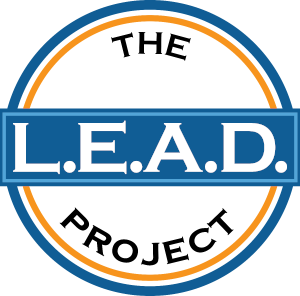Promoting proactive methods for reducing child lead poisoning cases in the State of Maine.
⇒ Did you know:
♦ During the Roman Era, laborers who dealt with supply and drainpipes during the building of complex bathhouses that civilization enjoyed, work with lead, known by its Latin origin “plumbum”. Workers who were considered experts with lead were called “Plumbarius”. This evolved into the terms we know today: “plumbing” and “plumbers”.
♦ Blood lead levels and dust are measured in micrograms. A microgram is one millionth of a gram. For reference, a microgram is approximately equal to one millionth of a paperclip.
♦ Lead mimics calcium; lead acts like calcium in the body, crossing the blood-brain barrier and depositing in bones, teeth, and organs disrupting essential bodily functions.
♦ Lead was banned in 1978 for consumer use in residential housing but over 29 million homes still have it.
♦ Most lead exposure in homes comes from lead contaminated dust due to deteriorating paint, not just paint chips.
♦ Lead exposure in U.S. children is estimated to cause $50+ billion annually in lost productivity and healthcare costs.
♦ It can be up to 6 months from the time of a poisoning case and identification of lead hazards to the actual abatement of them.
That’s where we come in.
We facilitate ongoing interim control measures which include non-abatement treatments like cleaning and painting prior to abatement.
We are here for the people of Maine in raising awareness, prevention and directly improving the immediate safety for families living in units with lead hazards. We do all of this for no cost with a completely volunteer Board.
Here is how to help support our efforts:

 Donate
Donate